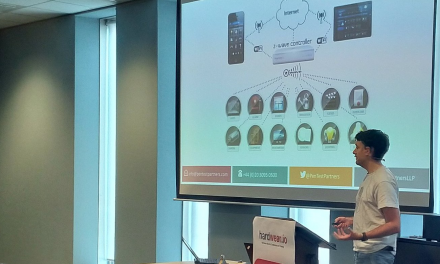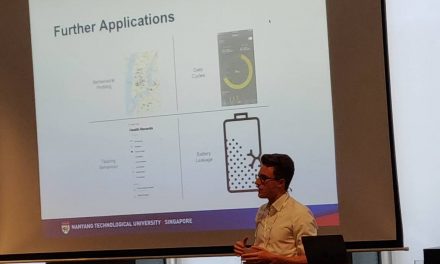Details
About the talk
During the last decade, unmanned aerial vehicles (UAVs) have been spreading in both civilian and military contexts. Their use is expanding rapidly and some models can be bought and flown very easily. Furthermore, the open source and DIY communities are extremely active on that topic, contributing to a true democratization of such technology. Along with this rapid adoption, malicious uses of UAVs have increased and the problem of their neutralization has become of high interest for security-aware organizations.
Presentation from the talk
Several solutions are studied, among which the possibility of using radiofrequency directed energy weapons. On the other hand, civilian UAVs are getting more and more involved in critical contexts, bringing a need for security. For both offensive and defensive contexts, it is necessary to better understand the effects of intentional electromagnetic interference on drones.
This talk focuses on the technical trials and tribulations faced by the authors during the setup and the realization of IEMI susceptibility tests against common off the shelf UAVs. In order to get a fine grain understanding of the effects of IEMI at both physical and logical levels of the drone, a software instrumentation has been performed, implying a privileged access to the system. Some interesting results will also be provided about the effects observed on the target and discussed regarding their criticality. Research is co-authored by José Lopes

JOSE LOPES ESTEVES
Information Security Researcher at ANSSI





![Bits From The Matrix: Optical ROM Extraction | Chris Gerlinsky [@akacastor]](https://media.hardwear.io/wp-content/uploads/2019/06/chris-bits-rom-extraction-440x264.png)
Recent Comments